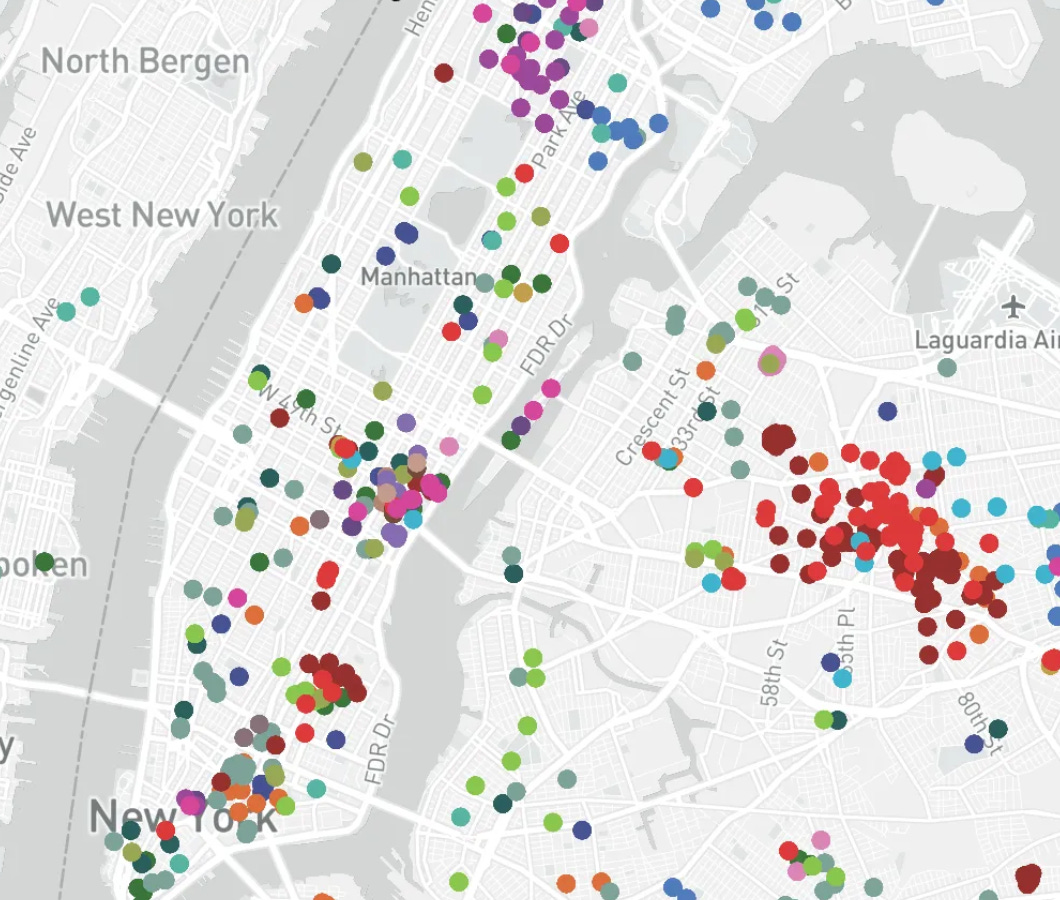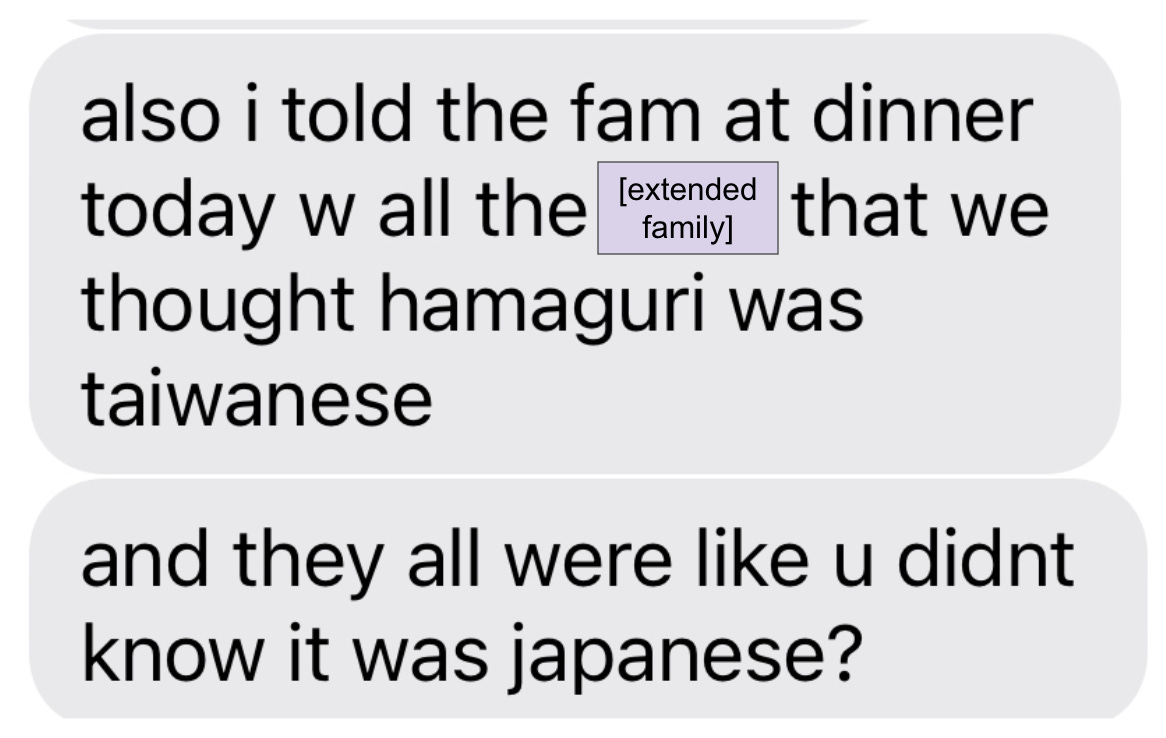How New York's Subway Ads Reflect the City's Linguistic Diversity
A fascinating language map, plus a conclusion to a clam-related misunderstanding
For the last few months, these fare-capping ads on the subway have been catching my eye here in New York City. And it’s not just because you get free subway rides after you surpass 12 rides for the week (woohoo!) — it’s because of the sheer linguistic diversity represented in said ads. Sure, you’ll see some in widely spoken languages like Spanish and Chinese, but every once in a while I’ll stumble across an ad that makes me go, “wait, what language is that?”
This happened again on Friday night while I was riding the subway with my fiancé, who had the foresight to snap a photo of an ad that had me stumped (take a look for yourself)…
When I got home, I scrambled to plug in the text to Google Translate. And…
Finally, success! It’s Haitian Creole!
The Coolest Map of NYC
These ads are just a snapshot of the great linguistic diversity all over New York — in fact, the Endangered Language Alliance calls New York City “the most linguistically diverse urban center in the world, probably in the history of the world.” And they’re almost certainly right. In fact, they’ve documented over 700 languages being spoken in the city! You can view all of this through their fantastic interactive map, languagemap.nyc, which is absolutely worth perusing through for more than just a few seconds.
This map has a special focus on Indigenous and minority languages, many of which are primarily oral (and wouldn’t have a chance to be represented on an OMNY ad).
While looking through the map, keep an eye out for specific language varieties that have been documented. For example, around Vinegar Hill in Brooklyn, the map records speakers of both Amdo Tibetan and Classical Tibetan (wow!).
You can also find great representations of some fascinating World Englishes that I’ve never even heard of, such as Native American English, Panamanian English, and Cameroonian Pidgin English. (World Englishes are localized varieties of English that have their own systematic rules and features.)
Here are a few NYC language patterns that the ELA has identified from the map, plus some more observations of my own:
West African languages found in Harlem (like Hausa, Wolof, Fulani, Bambara, and Songhay)
Former Soviet Union languages in south Brooklyn (like Chechen, Yakut, Belarusian, Ingush, and Volga Tatar)
Indigenous languages from Mexico and Central America in Corona (like Nahuatl, Zapotec, Tzotzil, Tepehua, and Otomi)
Lots of Arabic varieties in Astoria (like Tunisian Arabic, Moroccan Arabic, Algerian Arabic, Egyptian Arabic, and Libyan Arabic)
This map is truly a wonderland of languages and language varieties — I hope you have as much fun with it as I do! I’ll also continue snapping photos of multilingual OMNY ads for future mini language puzzles (the subway cars I’ve been in since the first photo have tragically been lacking in the multilingual ad department, but I promise they’re out there, and they are really fun. NYC readers, keep your eyes peeled!).
The Hamaguri Mystery, Solved?
Finally, in an article a few weeks back about the linguistic origins of food-related words, I wrote about how my cousin and I were shocked to find that a word for “clam” (hamaguri) that we assumed to be Taiwanese Hokkien was actually Japanese all along.
And now, an update! Is this a common misunderstanding? Or were my cousin and I just dumb for 20+ years?! I now present to you, a text from my cousin:
…😭 In conclusion, we were probably alone in this misunderstanding. Let’s say we were uninformed. Whoops. Language is confusing.
Thanks for reading today’s newsletter! I would love to hear about what interesting language-related tidbits you find from the NYC language map, so don’t hesitate to leave a comment. See you next Tuesday!






I love those fare-capping ads. I'm so proud of myself when I recognize the language :)